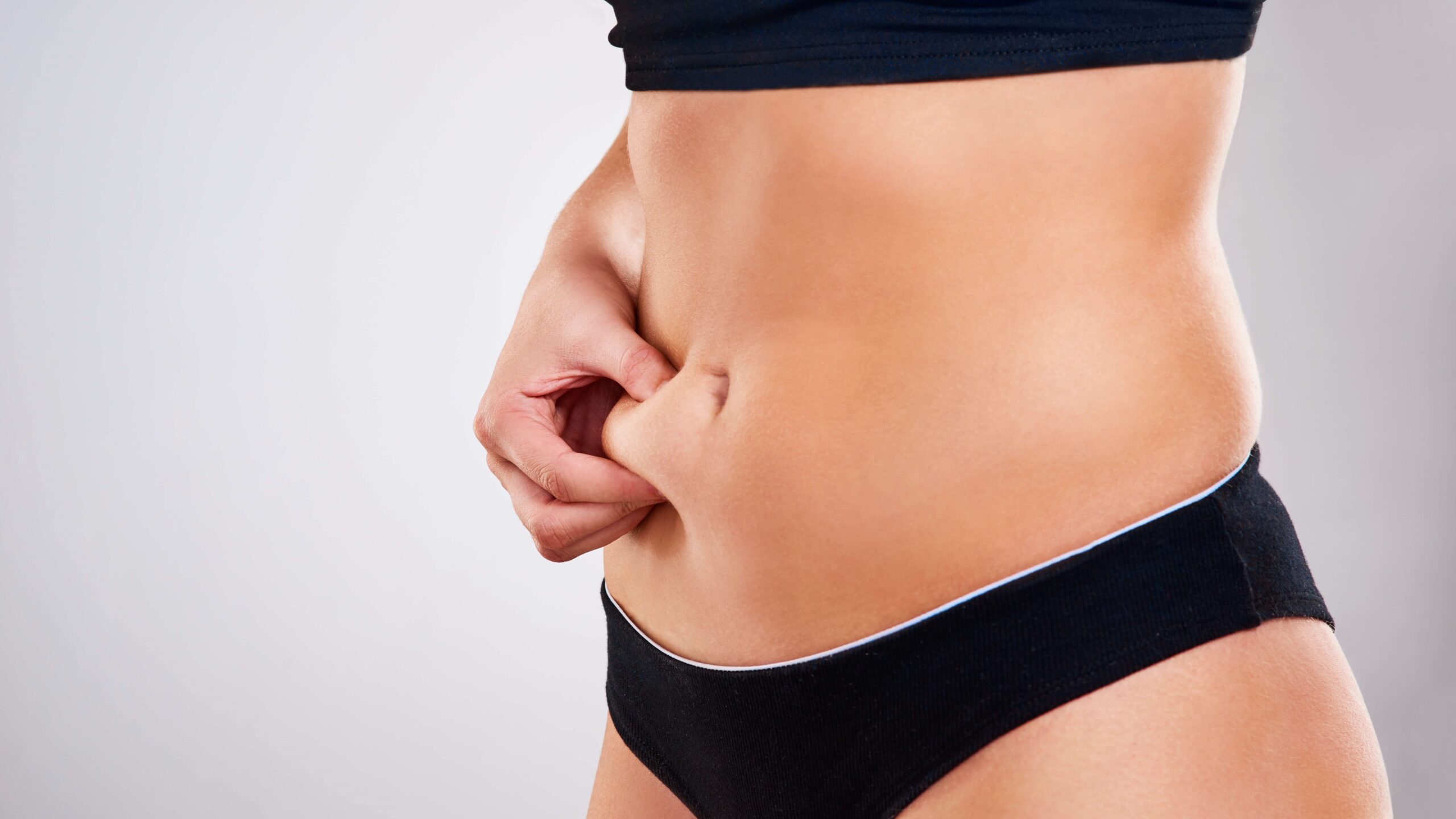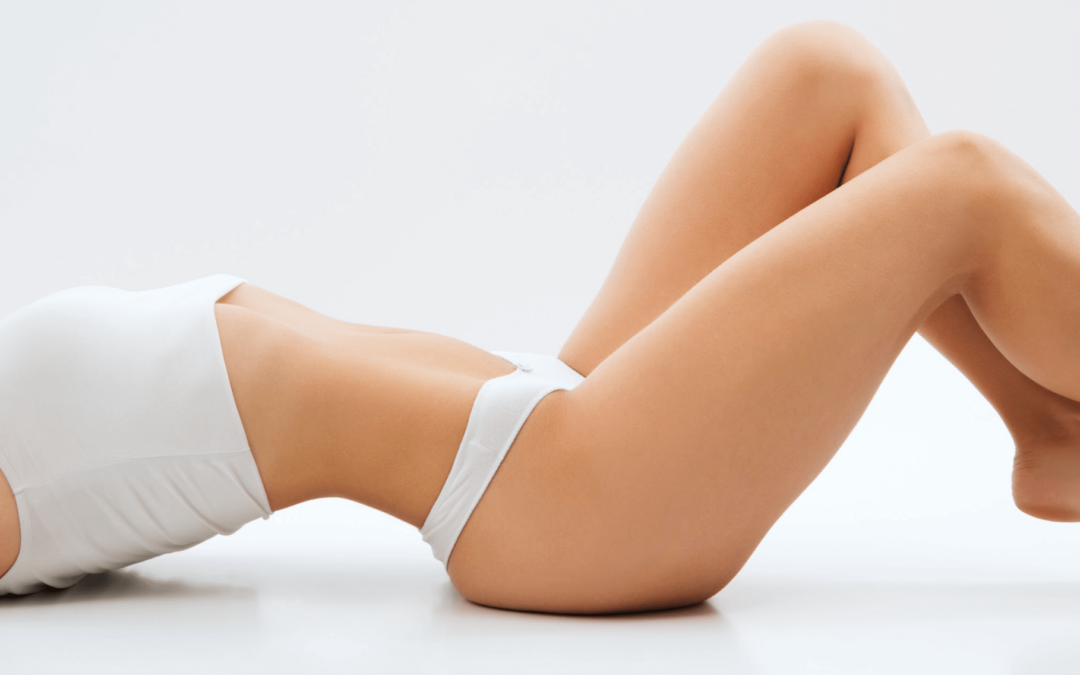CoolSculpting® has become a popular and effective treatment to remove unwanted body fat. Many patients come to board-certified plastic surgeon Dr. Jaime Schwartz to slim down the abdomen, hips, thighs, and other areas of the body. With the techniques used in CoolSculpting, there is no need for invasive surgery or extended downtime.
While CoolSculpting is a generally safe procedure, we believe it is essential to become educated about the benefits and risks. So, how does CoolSculpting work, and what about complications such as Paradoxical Adipose Hyperplasia (PAH)? When you visit our office in Beverly Hills, CA, we can review the causes and treatment options for this rare condition.
WHAT IS PARADOXICAL ADIPOSE HYPERPLASIA?
CoolSculpting uses the proven process of cryolipolysis to address stubborn fat. Cryolipolysis is a specially designed technique that destroys fat cells before they are naturally eliminated by the lymphatic system. So, what is Paradoxical Adipose Hyperplasia? PAH occurs when the cooling effect from cryolipolysis causes the fat cells to expand instead of break down. As a result, patients notice an increase in the size of the underlying fat.
SIGNS OF PARADOXICAL ADIPOSE HYPERPLASIA AFTER COOLSCULPTING
As an expert in Paradoxical Adipose Hyperplasia after CoolSculpting, Dr. Schwartz only suggests cryolipolysis treatment for candidates who are in good health and are aware of the risks. This is why we perform a thorough assessment during the consultation period. This is the best time to discuss the benefits of CoolSculpting along with the common side effects, such as redness and swelling.
Patients can rest assured that any side effects from cryolipolysis are usually mild and temporary. In fact, individuals can return to their day-to-day lives shortly after their CoolSculpting session. However, Paradoxical Adipose Hyperplasia is not temporary and cannot go away, even with continued diet and exercise. PAH can develop in several weeks or months after the initial treatment. Common signs of PAH include:
Fat that is not distributed evenly in the treated area
Firm knots or nodules underneath the skin
Light pain or tenderness when touching the area
TREATMENT FOR PARADOXICAL ADIPOSE HYPERPLASIA
Treatment for Paradoxical Adipose Hyperplasia includes liposuction to break down the fat cells and smooth out the skin. Patients who develop PAH should wait 6 – 9 months until the fat softens enough to remove effectively. We may suggest surgery for harder-to-treat fat. Remember that PAH is a rare complication and responds very well to minimally invasive solutions.
If you think you are affected by Paradoxical Adipose Hyperplasia after CoolSculpting, we encourage you to contact our office in Beverly Hills. Although PAH is not necessarily life-threatening, most people desire to have the growth removed. Dr. Schwartz can review your treatment records and health history before developing a custom treatment plan.
LEARN ABOUT PAH WITH DR. SCHWARTZ
If you are considering cryolipolysis to eliminate pockets of stubborn fat, it is best to work with a trained professional with plenty of experience and a track record of great results. Board-certified plastic surgeon Dr. Jaime Schwartz specializes in all kinds of cosmetic body contouring procedures and can give you information and recommendations moving forward. Learn about treatment for Paradoxical Adipose Hyperplasia by contacting our team in Beverly Hills, CA, for an appointment.



